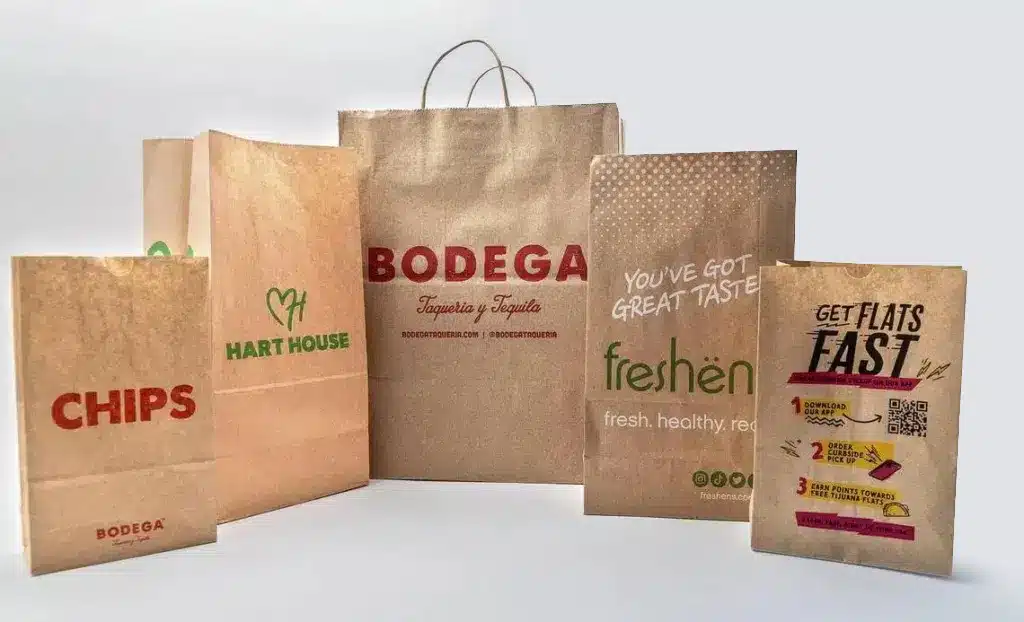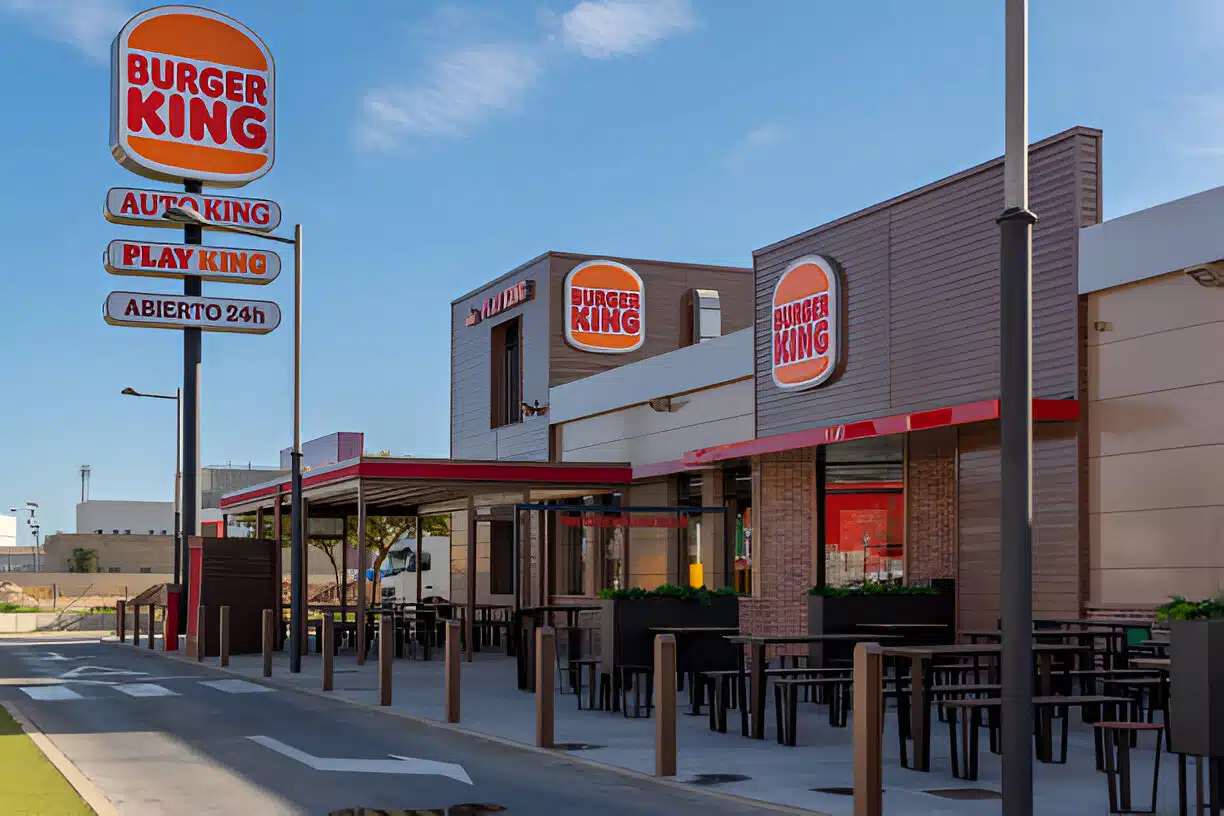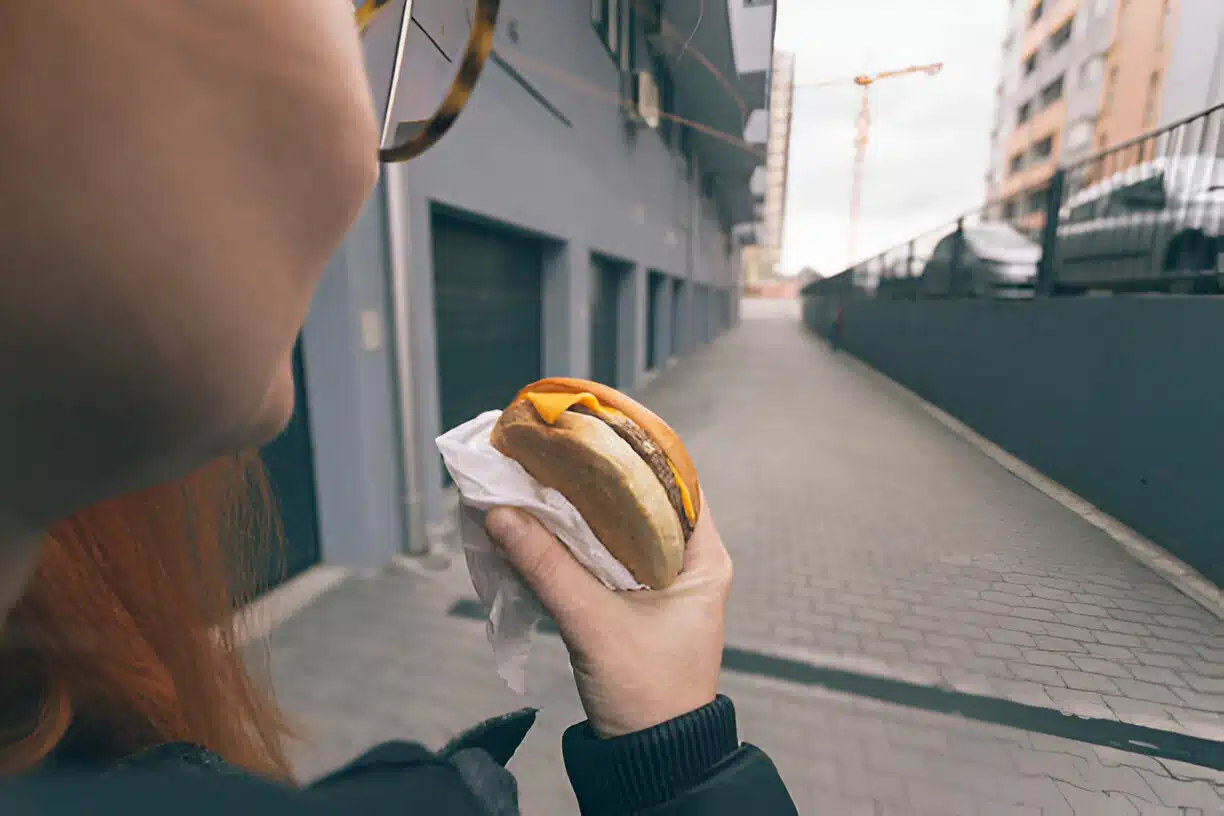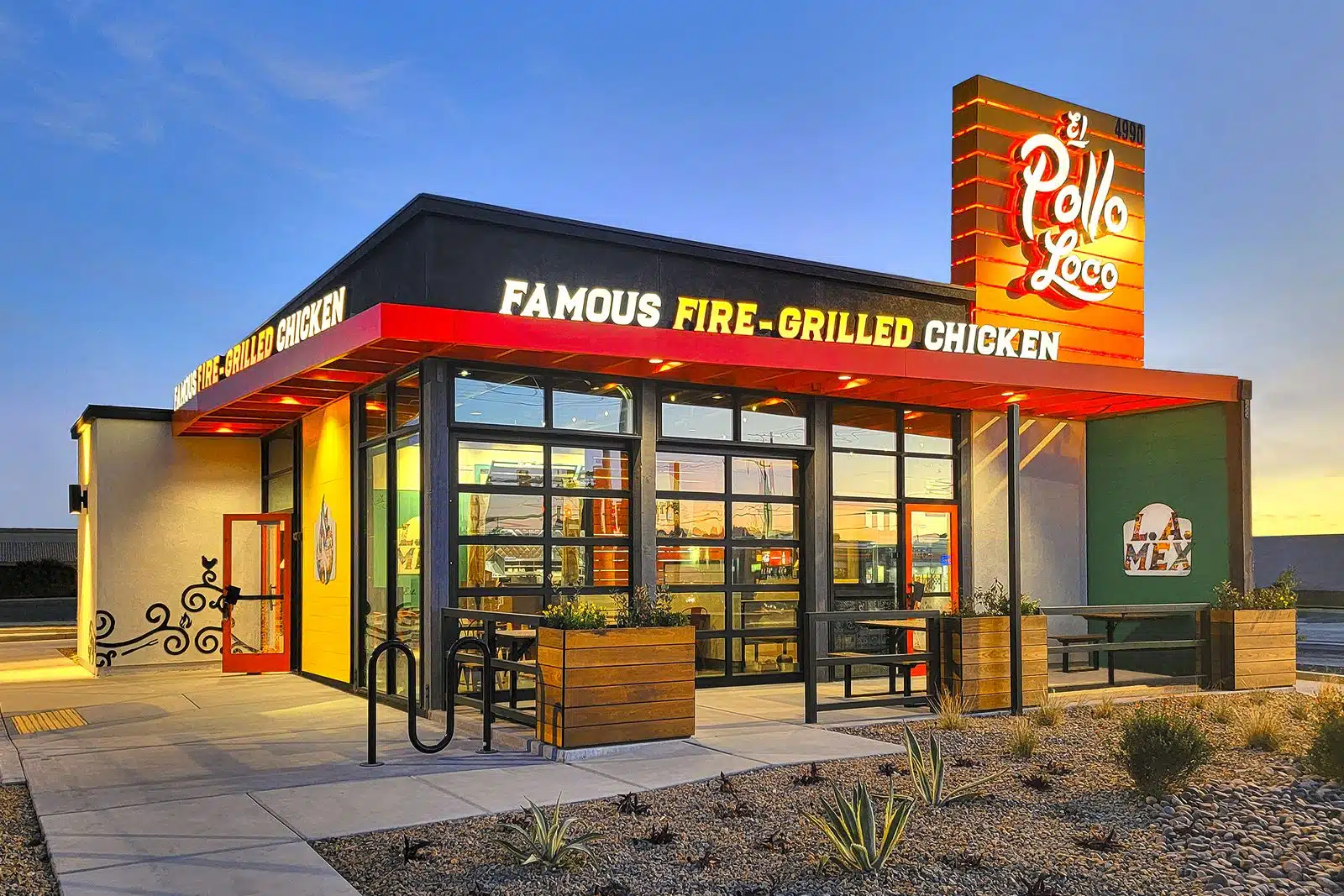In an era characterized by rapid urbanization, fast-paced lifestyles, and the perpetual demand for convenience, the disposable food container market is thriving like never before. How big is the food service disposables market? With a market size of $16.9 billion in 2022, it is projected to reach an impressive $29.21 billion by 2033, reflecting a steady growth trajectory at a compound annual growth rate (CAGR) of 5.1%. This growth is driven by the increasing demand for practical, hygienic food storage solutions and the rising trend of meal delivery services and takeaway options. However, as this market burgeons, it also faces significant challenges, particularly concerning environmental sustainability.
In this blog post, we will explore how big the food service disposables market is and delve into the factors propelling the growth of the disposable food containers market, the challenges it encounters, and the innovations shaping its future.
How Big is the Food Service Disposables Market?
The modern consumer’s life is fast-paced, often leaving little time for traditional meal preparation and dining experiences. This lifestyle shift has led to a surge in demand for meal delivery services and takeaway options, which rely heavily on disposable food containers. These containers offer a practical solution for transporting and storing food, ensuring convenience and maintaining hygiene.
Additionally, disposable food containers cater to the booming trend of on-the-go consumption. Whether grabbing a quick lunch during a busy workday or enjoying a meal during travel, these containers provide an easy and efficient way to consume food without needing immediate cleanup. This convenience factor is a significant driver behind the market’s robust growth.
How are Environmental Concerns Affecting the Disposable Food Containers Market?
While the demand for disposable food containers is on the rise, so too is awareness of their environmental impact. Growing concerns over plastic pollution and its detrimental effects on ecosystems have put the disposable food containers market under scrutiny. Consumers and governments advocate for sustainable alternatives, driving manufacturers to innovate in material usage and production processes.
Stringent regulations and policies aimed at reducing plastic waste are challenging the industry’s reliance on single-use plastics. Countries worldwide are implementing bans and restrictions on single-use plastics, pushing manufacturers to explore biodegradable and compostable materials. This shift towards sustainability is not just a challenge but also an opportunity for growth and differentiation in the market.
What Innovations in Materials Are Shaping the Future of Disposable Food Containers?
To address environmental concerns and meet the demands of an eco-conscious consumer base, the disposable food containers market is witnessing significant innovations in materials. Biodegradable and compostable containers from plant-based materials such as cornstarch, bagasse, and bamboo are gaining popularity. These materials offer a sustainable alternative to traditional plastics, reducing the environmental footprint of disposable food containers.
Moreover, advancements in recycling technologies are enhancing the viability of using recycled materials in producing disposable containers. By integrating recycled content, manufacturers can reduce the dependency on virgin materials and contribute to a circular economy. These innovations are pivotal in shaping the future of the disposable food containers market, aligning with the global shift towards sustainability.
What is the Regional Outlook for the Disposable Food Containers Market?
The growth of the disposable food containers market varies worldwide, with different regions exhibiting unique trends based on socio-economic factors and consumer preferences.
Why are North America and Europe Leading the Disposable Food Containers Market?
North America and Europe are at the forefront of the market, driven by busy lifestyles and a thriving food delivery industry. In the United States, disposable food container sales are expected to surpass $4.8 billion in 2023. These regions also push for sustainable packaging solutions, influenced by stringent environmental regulations and a strong preference for eco-friendly products.
Why is the Asia Pacific Region a Land of Opportunities for Disposable Food Containers?
The Asia Pacific region shows significant growth potential due to its expanding urban population and changing consumer preferences. Rapid urbanization and the adoption of Western lifestyles fuel the demand for disposable containers. However, the region faces substantial environmental challenges, necessitating a balanced approach between convenience and sustainability.
Countries like China and India are moving towards sustainable alternatives, with governments implementing policies to reduce plastic waste. This creates opportunities for manufacturers to introduce eco-friendly products.
Key Takeaways and Market Insights
The disposable food containers market is poised for steady growth, driven by convenience and evolving consumer preferences. However, the market must navigate the challenges posed by environmental concerns and regulatory pressures. Here are some key takeaways:
- Market Growth: The global disposable food containers market is expected to reach $29.21 billion by 2033, growing at a CAGR of 5.1%.
- United States: Anticipated to see sales surpass $4.8 billion in 2023, driven by a busy lifestyle and a strong food delivery sector.
- Germany: Projected to experience a profitable growth opportunity of $491 million between 2023 and 2033.
- Material Innovations: The paper and paperboard segment is expected to expand at a steady CAGR of 5.1%, reflecting a shift towards sustainable materials.
- End-Use Trends: In 2023, 39% of all disposable food containers sold are expected to be used in restaurants and eateries.
SupplyCaddy Believes In Sustainable Sourcing
At SupplyCaddy, we tirelessly work to responsibly source the highest-quality materials for use in our various facilities worldwide. Our commitment to sustainability is more than just talk; it’s a key part of everything we do. We use high-quality, ethically, and sustainably sourced materials to show our dedication to protecting the environment.
Reliability and consistency are essential to our supply chain. We ensure our products meet high-quality standards by maintaining strict guidelines and strong relationships with our suppliers. This approach guarantees our clients receive reliable and superior products every time. Our strategic approach lets us offer high-quality, affordable products that meet our clients’ diverse needs. Using the latest technology and sustainable practices, we provide packaging solutions that are both effective and eco-friendly.
SupplyCaddy’s Eco-Friendly Solutions for Disposable Food Containers
At SupplyCaddy, we blend sustainability with quality by offering top-notch eco-friendly containers and disposables at competitive prices, ensuring your business runs smoothly and green. Our extensive product range, from spill-proof cups and lids to essential cleaning supplies, caters to all your food service needs while prioritizing environmental responsibility. With over 200 million products delivered, we pride ourselves on treating every client with personalized care, whether a single-unit restaurant or a large chain. By choosing SupplyCaddy, you invest in durable, affordable, and eco-friendly solutions, supporting a company that minimizes environmental impact. Contact us today at [email protected] and join the movement towards a greener future with SupplyCaddy!




















